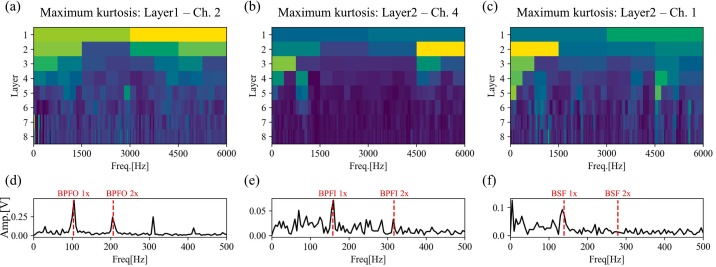2025 Spectral Kurtosis Attention Network (SKAN): Synergizing Signal Processing and Deep Learning for Fault Diagnosis of Rolling Element Bearings
본문
- Journal
- Expert Systems with Applications
- Date
- 2025-11
- Citation Index
- SCIE (IF: 7.5, Rank: 6.1%)
- Vol./ Page
- Vol. 292, pp. 128581
- Year
- 2025
- Link
- https://doi.org/10.1016/j.eswa.2025.128581 301회 연결

Abstract
This paper proposes the Spectral Kurtosis Attention Network (SKAN), a novel approach that synergizes deep learning with signal processing for fault diagnosis of rolling element bearings. While deep-learning models have demonstrated remarkable performance in classifying the health states of mechanical systems under homogeneous conditions, their effectiveness often deteriorates because these models generalize poorly to operating conditions that differ from those seen during training, leading to a marked drop in classification accuracy. Moreover, the features extracted by conventional deep-learning models typically lack interpretability from a signal-processing perspective. To tackle these challenges, we propose a SKAN that employs a signal-processing-inspired network structure coupled with a physics-based feature-weighting strategy. Specifically, the proposed method leverages domain knowledge from spectral kurtosis to autonomously extract fault-related features with physical significance, while effectively transmitting these fault-related features through successive deep-learning layers. This novel approach not only improves fault-diagnosis capabilities but also significantly boosts the interpretability of the model, a critical aspect often overlooked in traditional methods. In this paper, we also introduce the SKAN-gram, which is an innovative feature representation technique that employs a binary tree format to further advance interpretability. SKAN’s effectiveness is validated in our research by applying it to three case studies under various operating conditions, with various loads & speeds and time-varying speed conditions. In addition, this paper presents additional studies with noise interference and small training samples to demonstrate the superiority of the proposed method under the previous deep learning approaches suffer.
